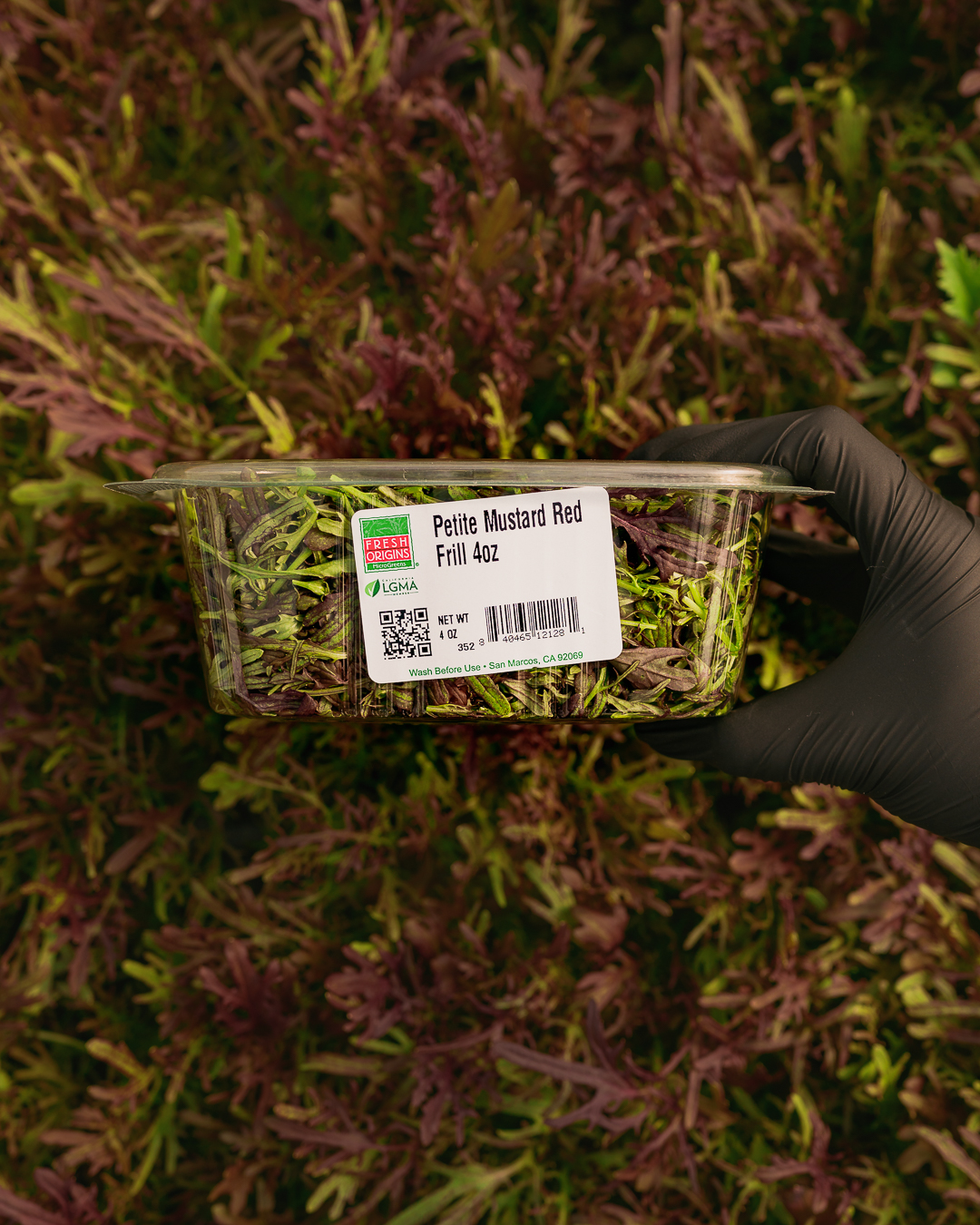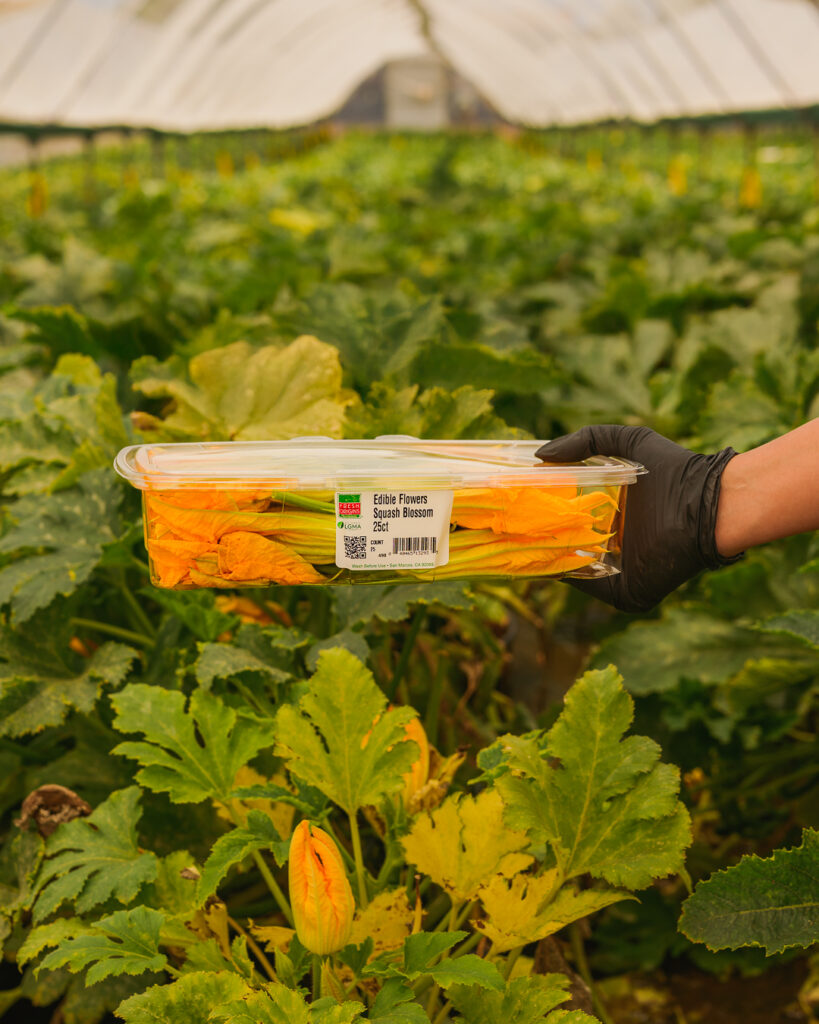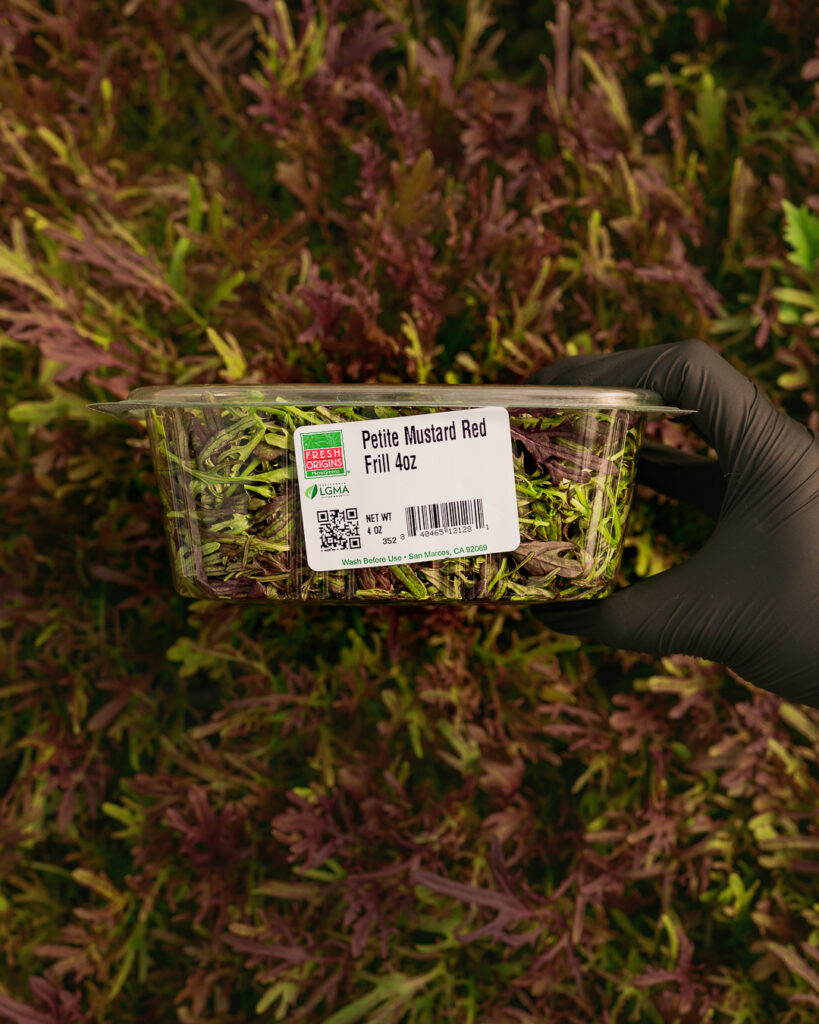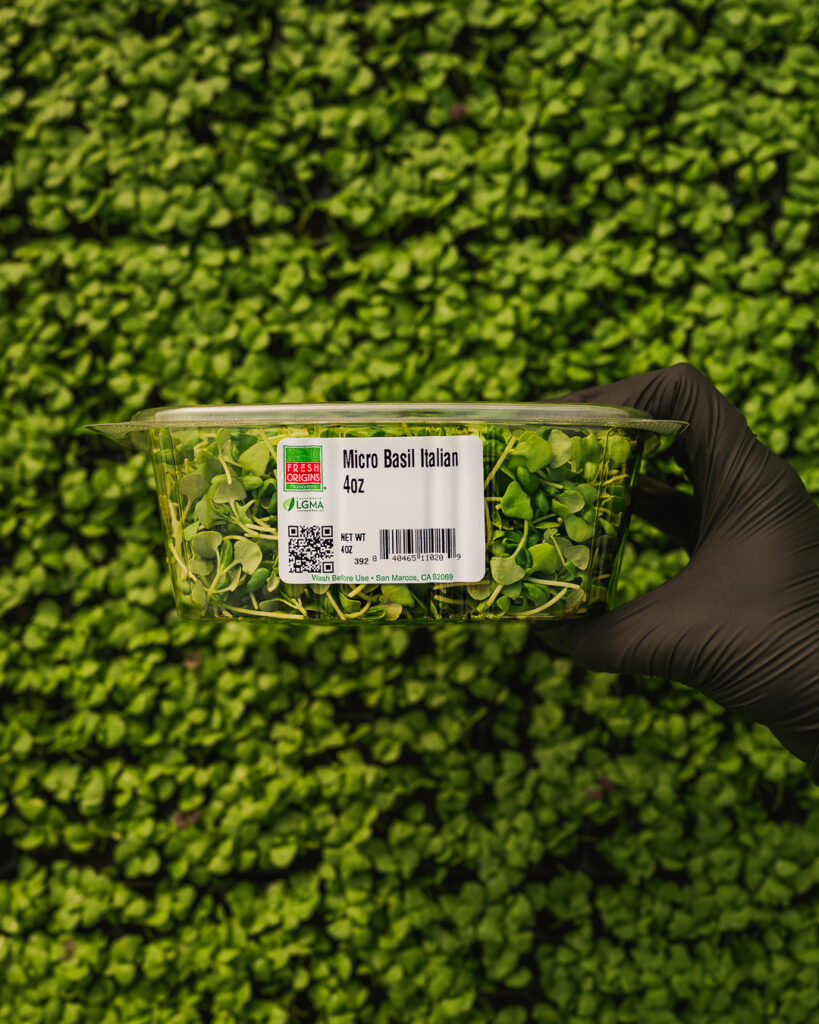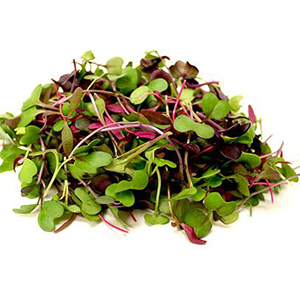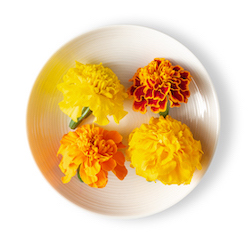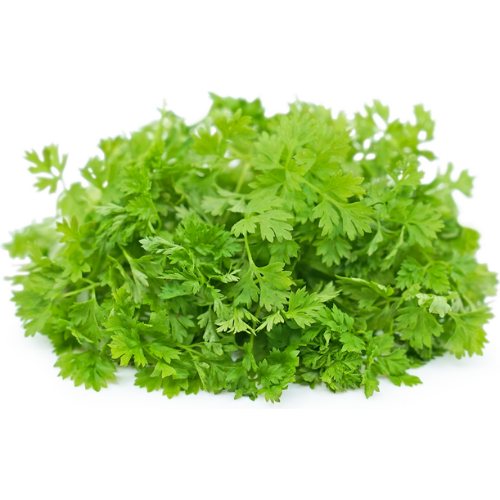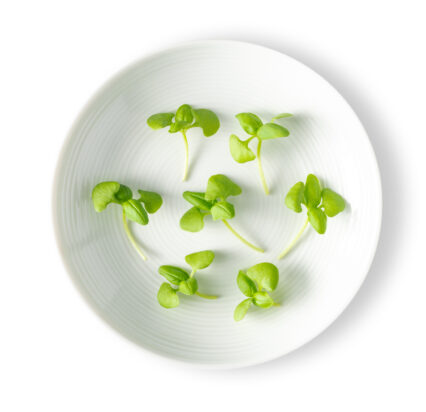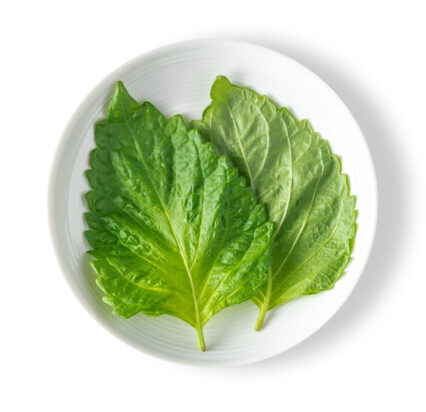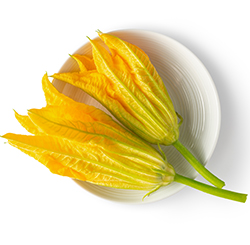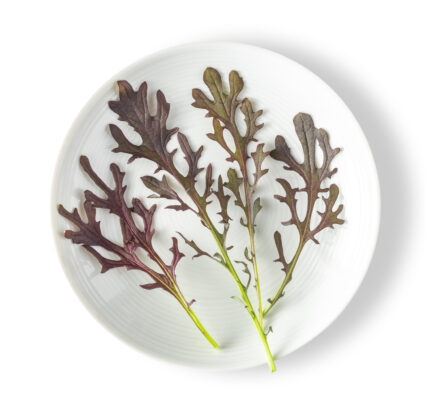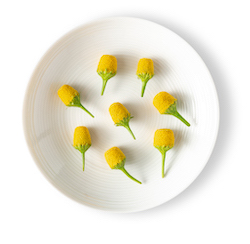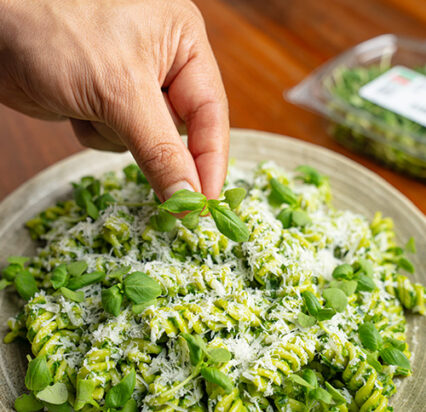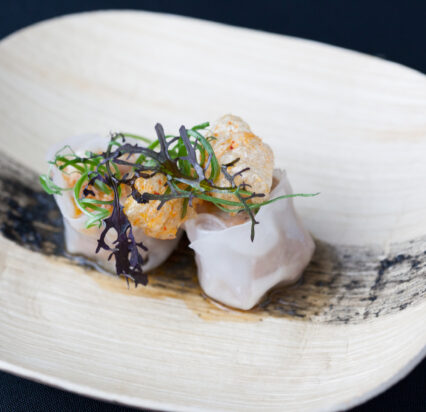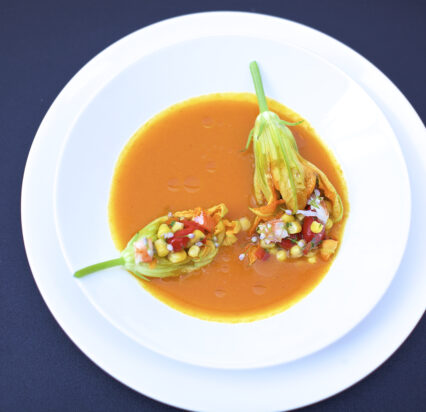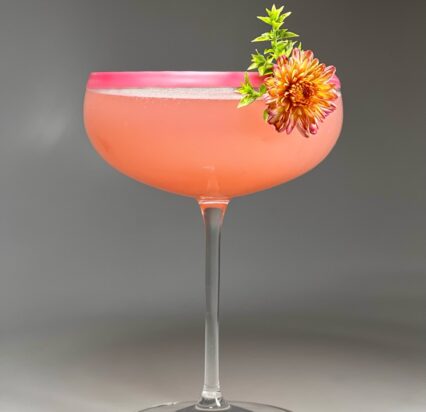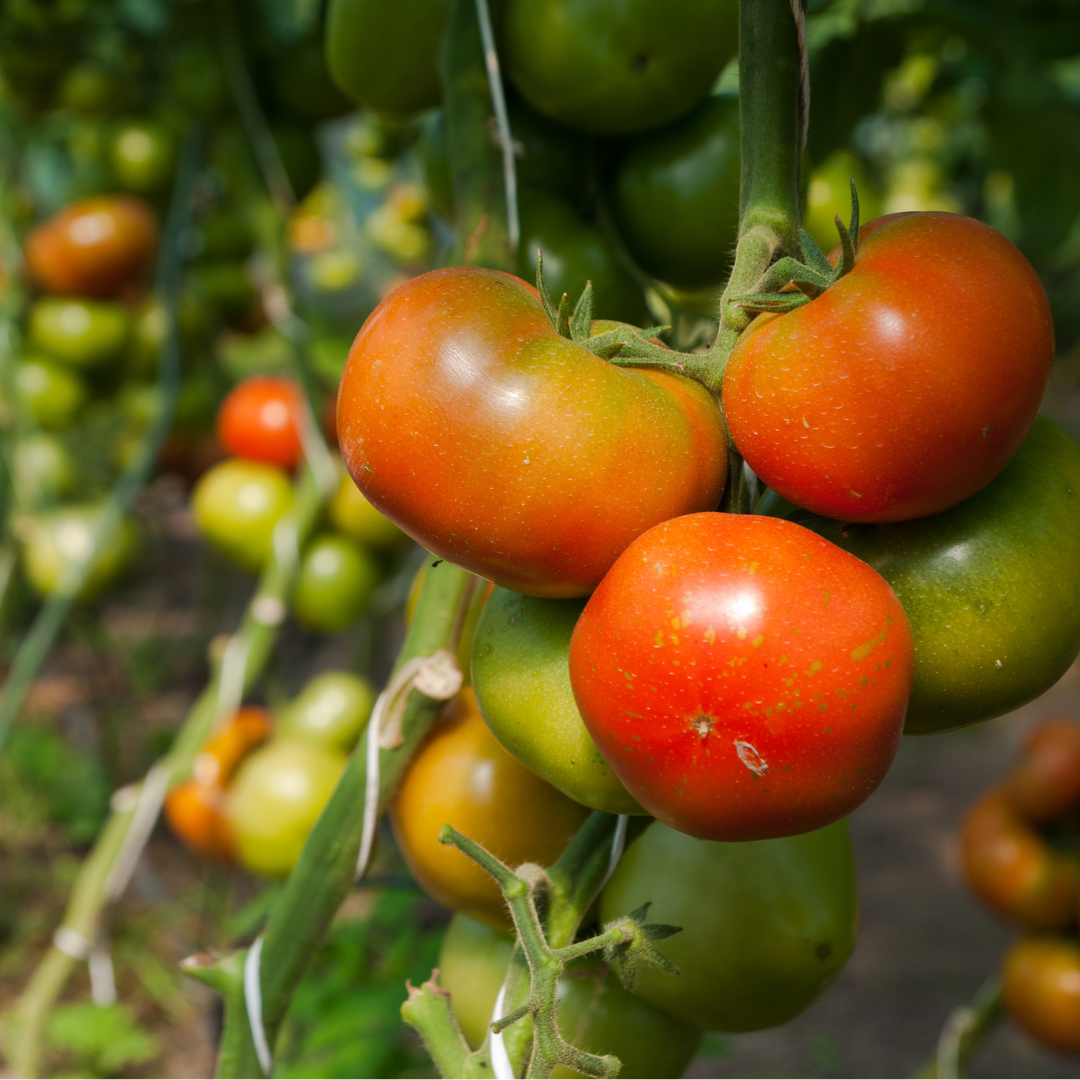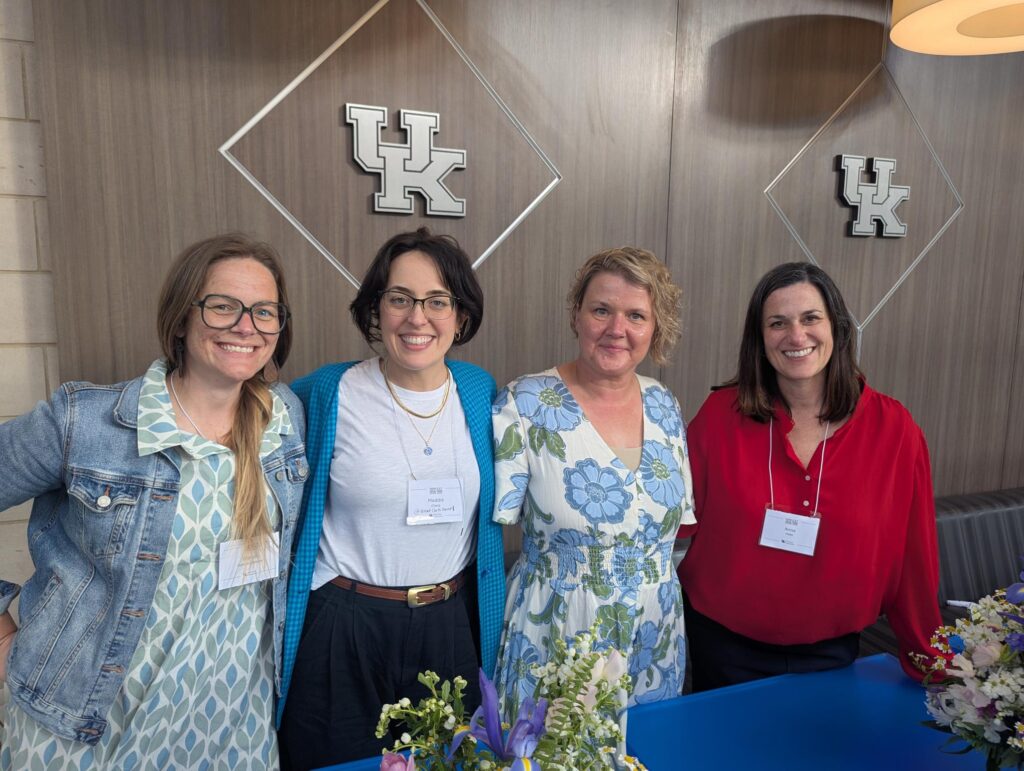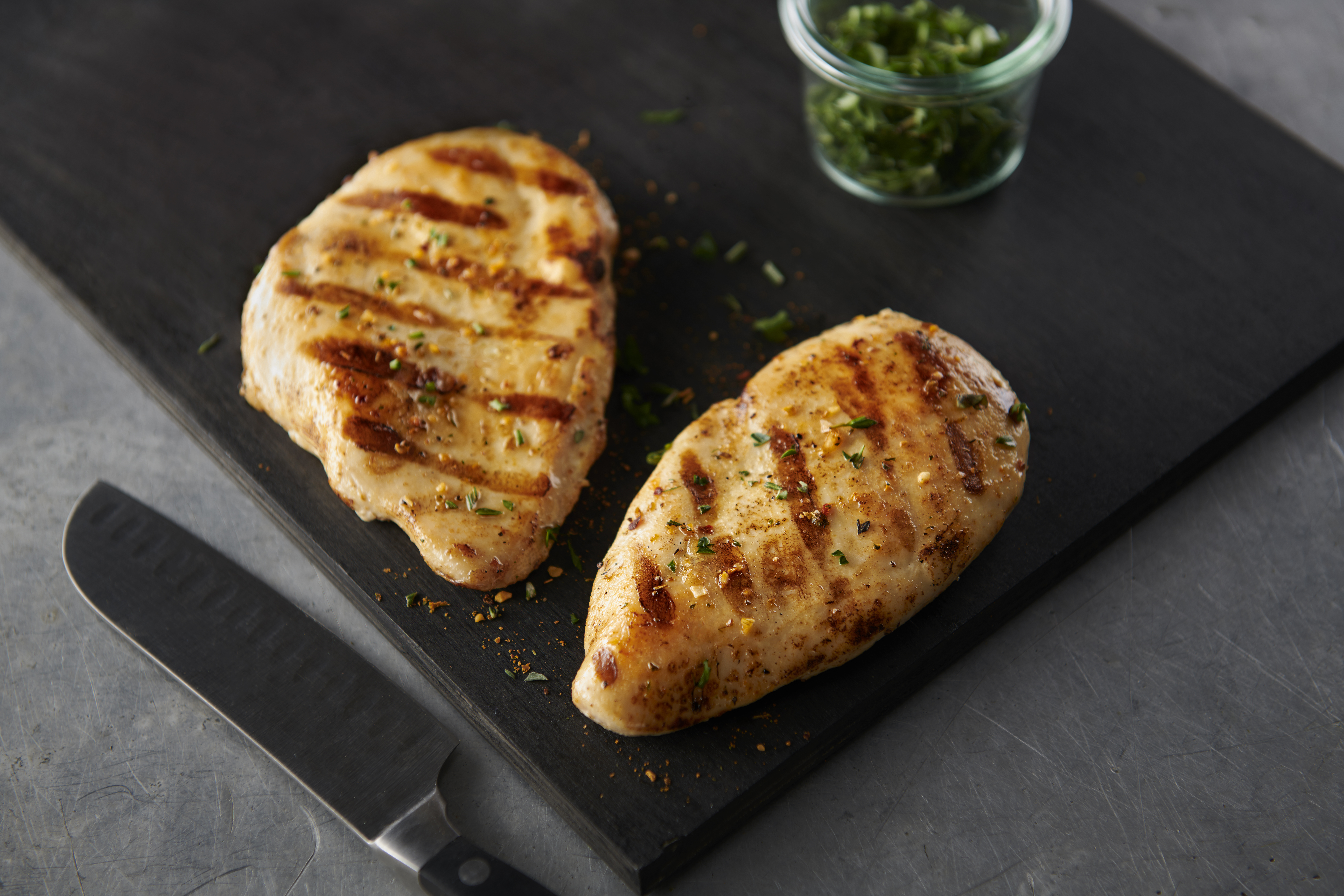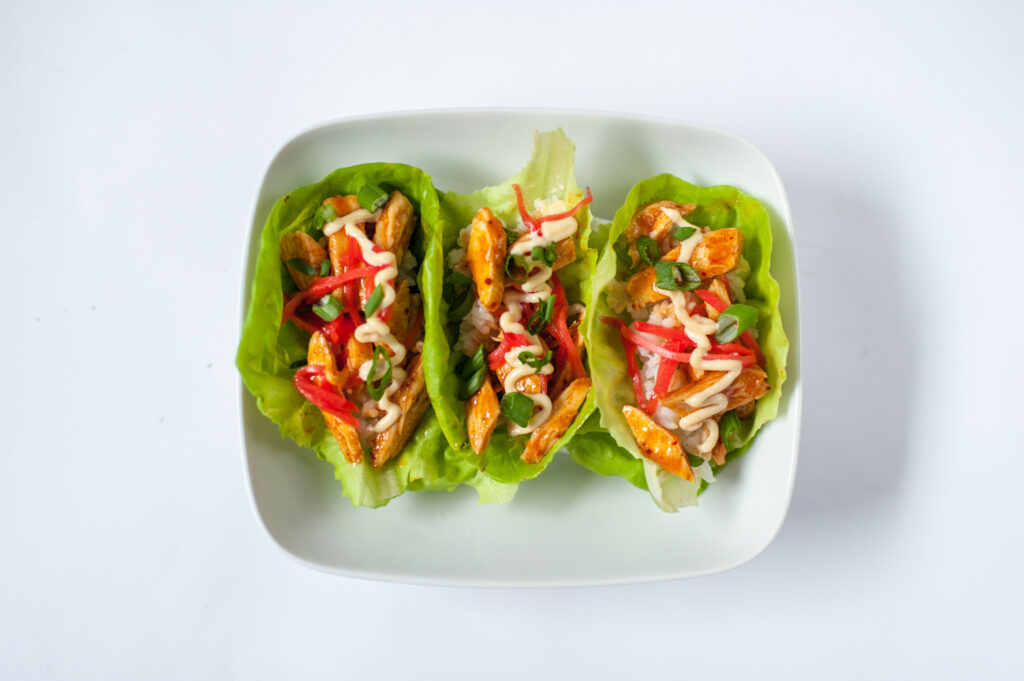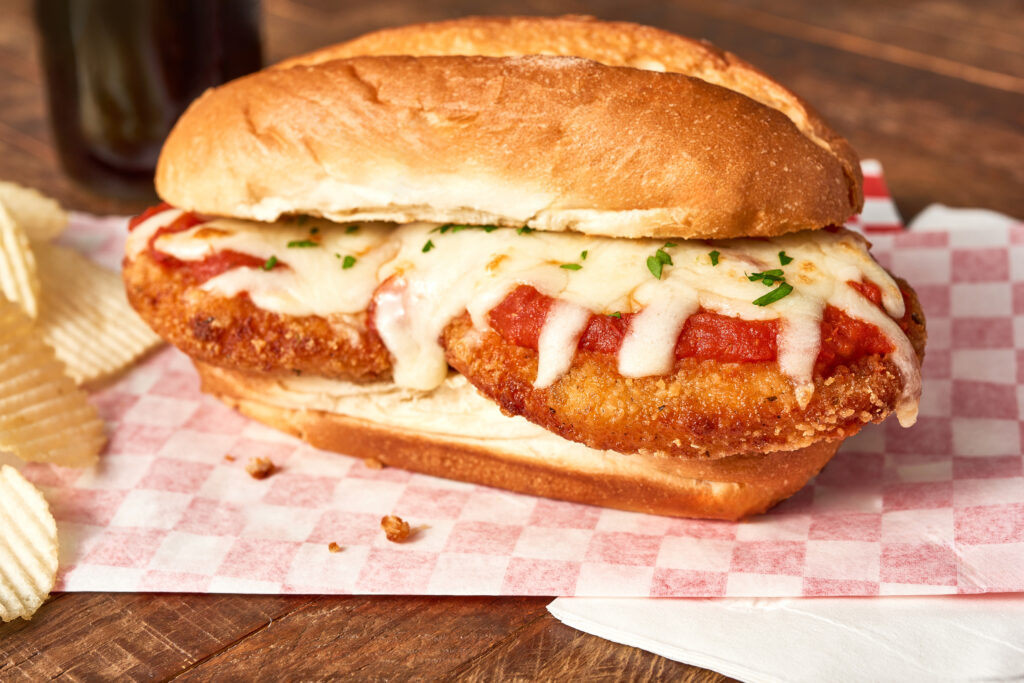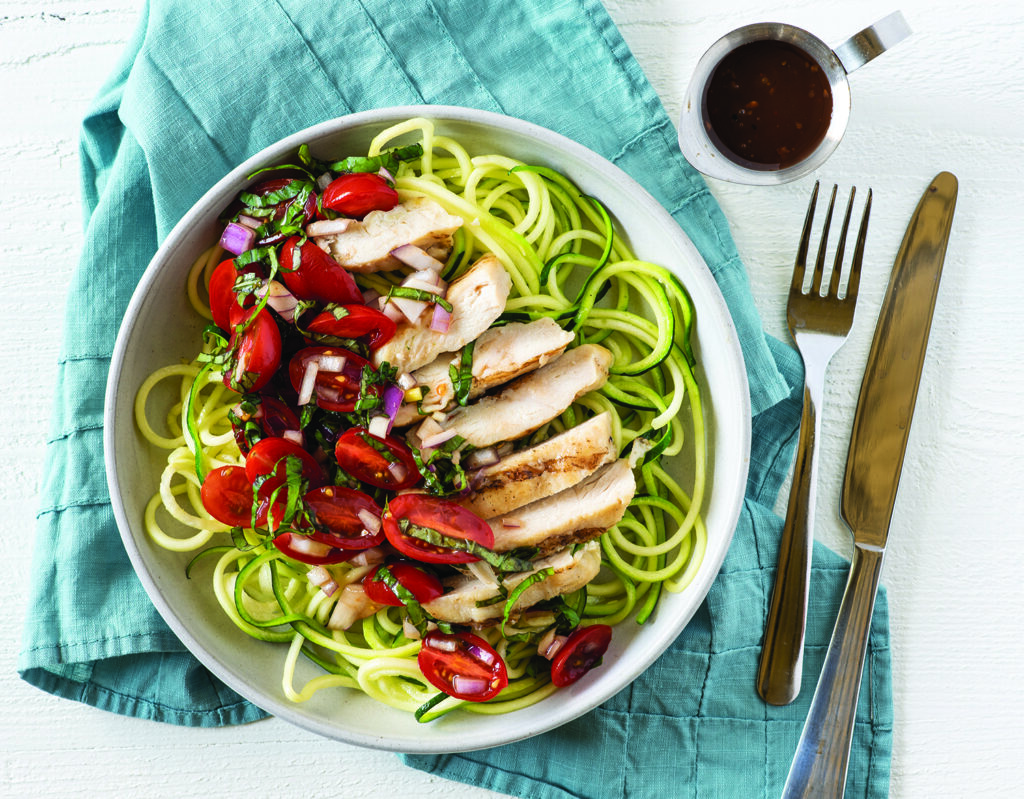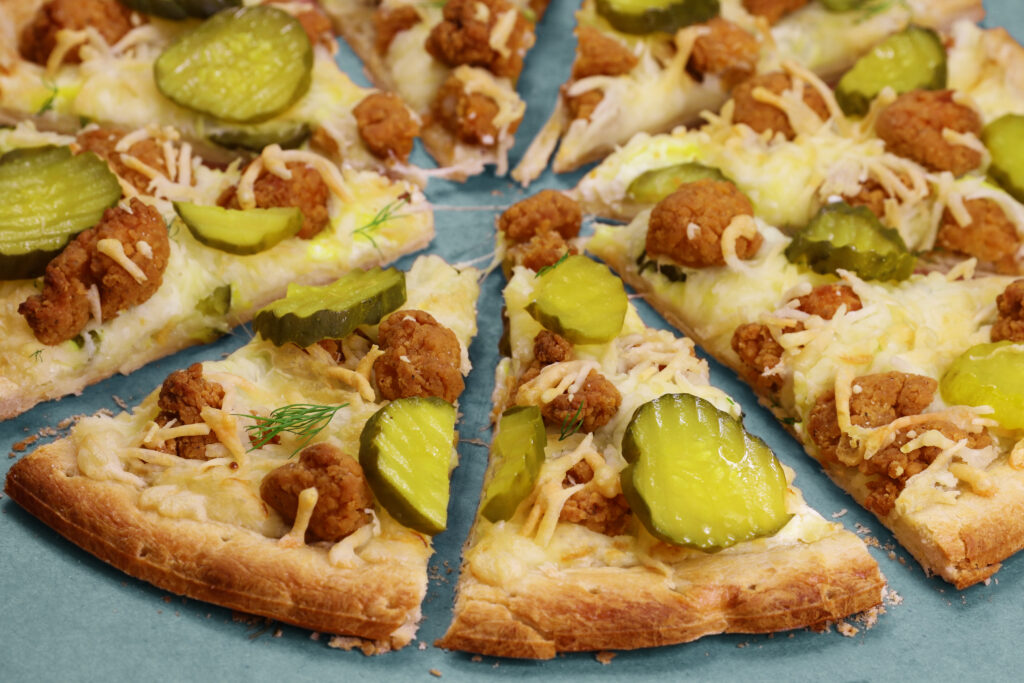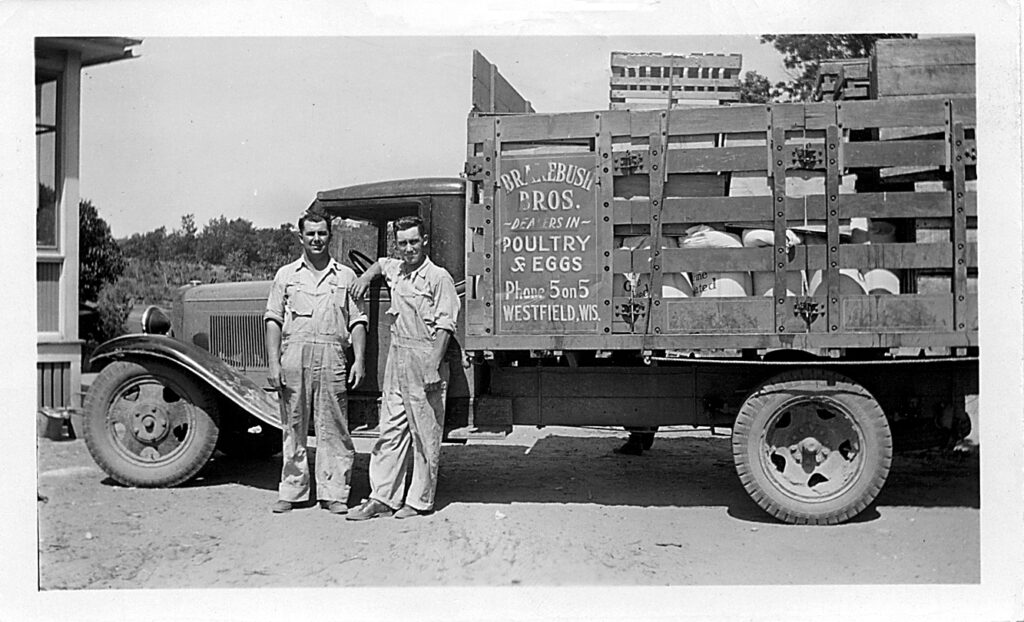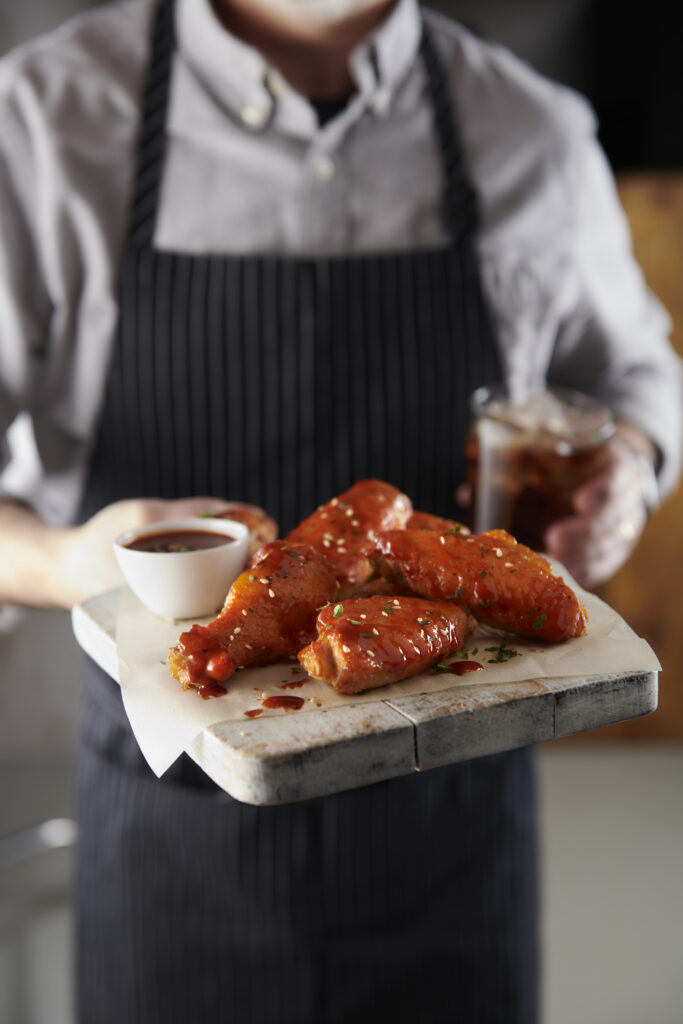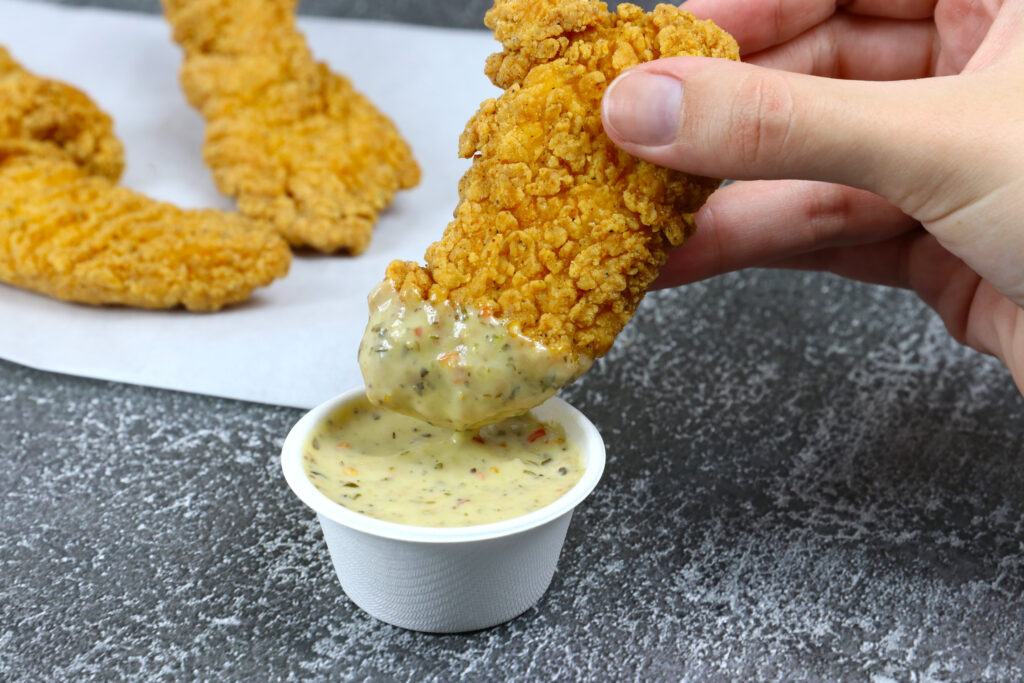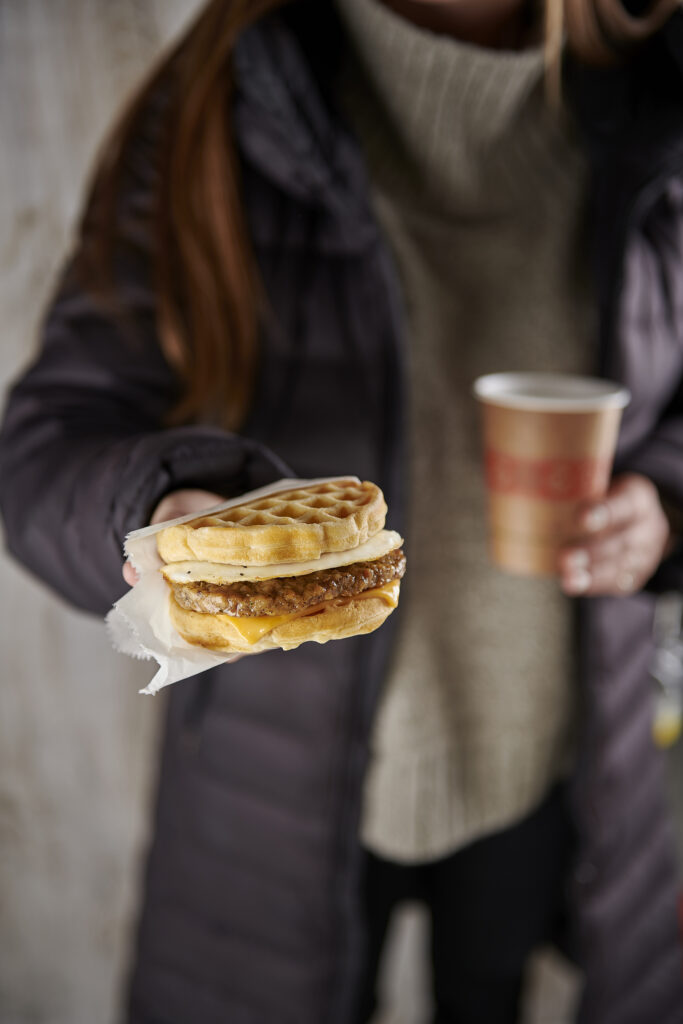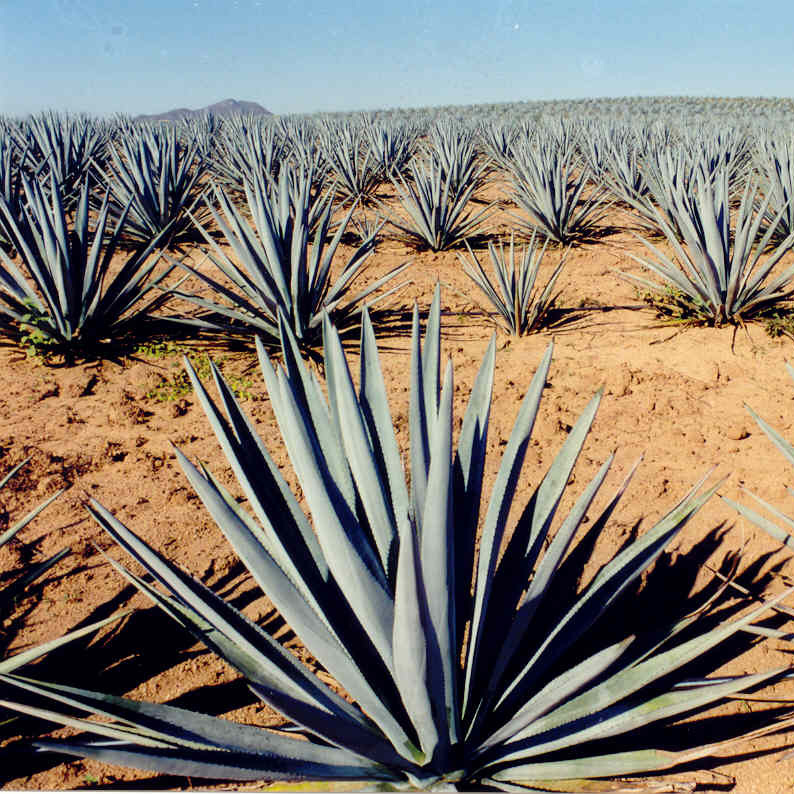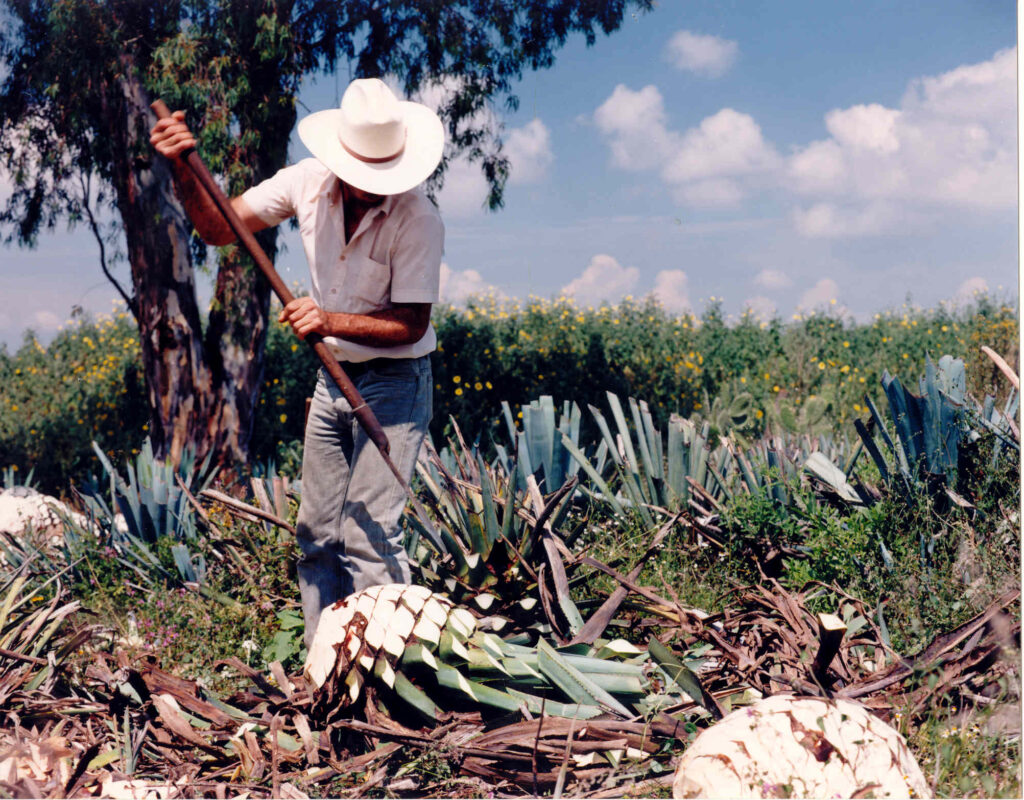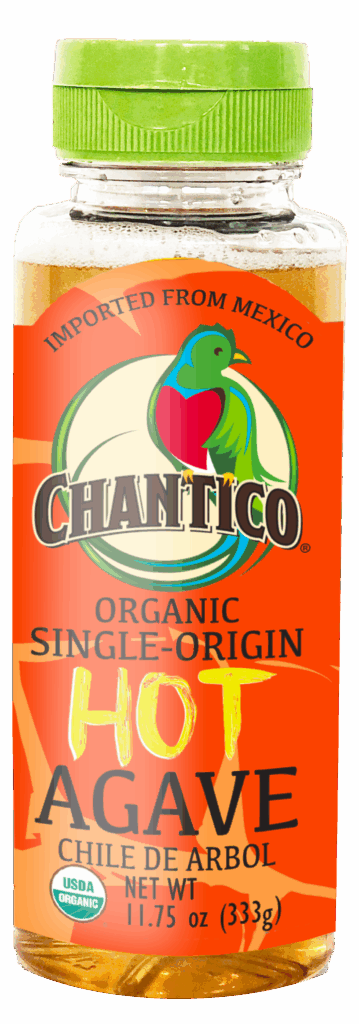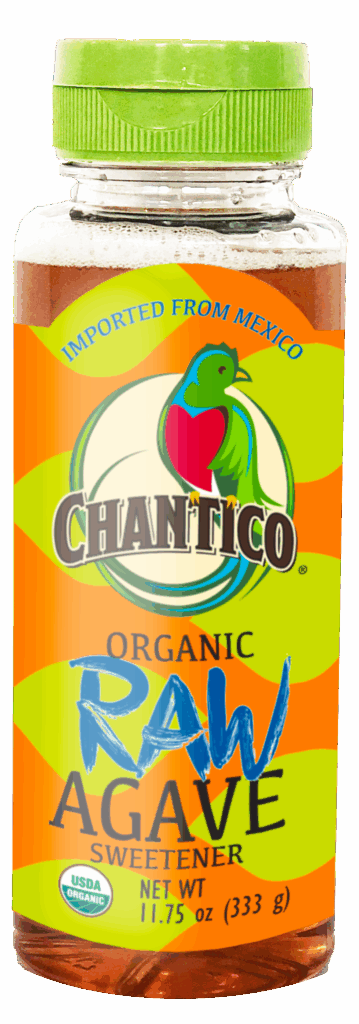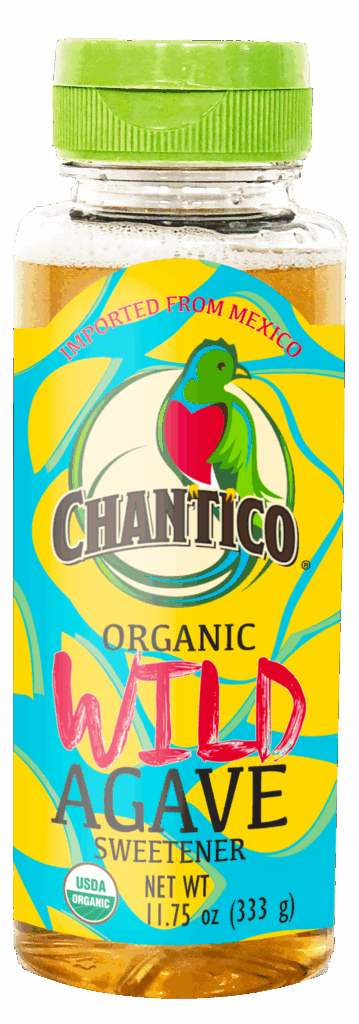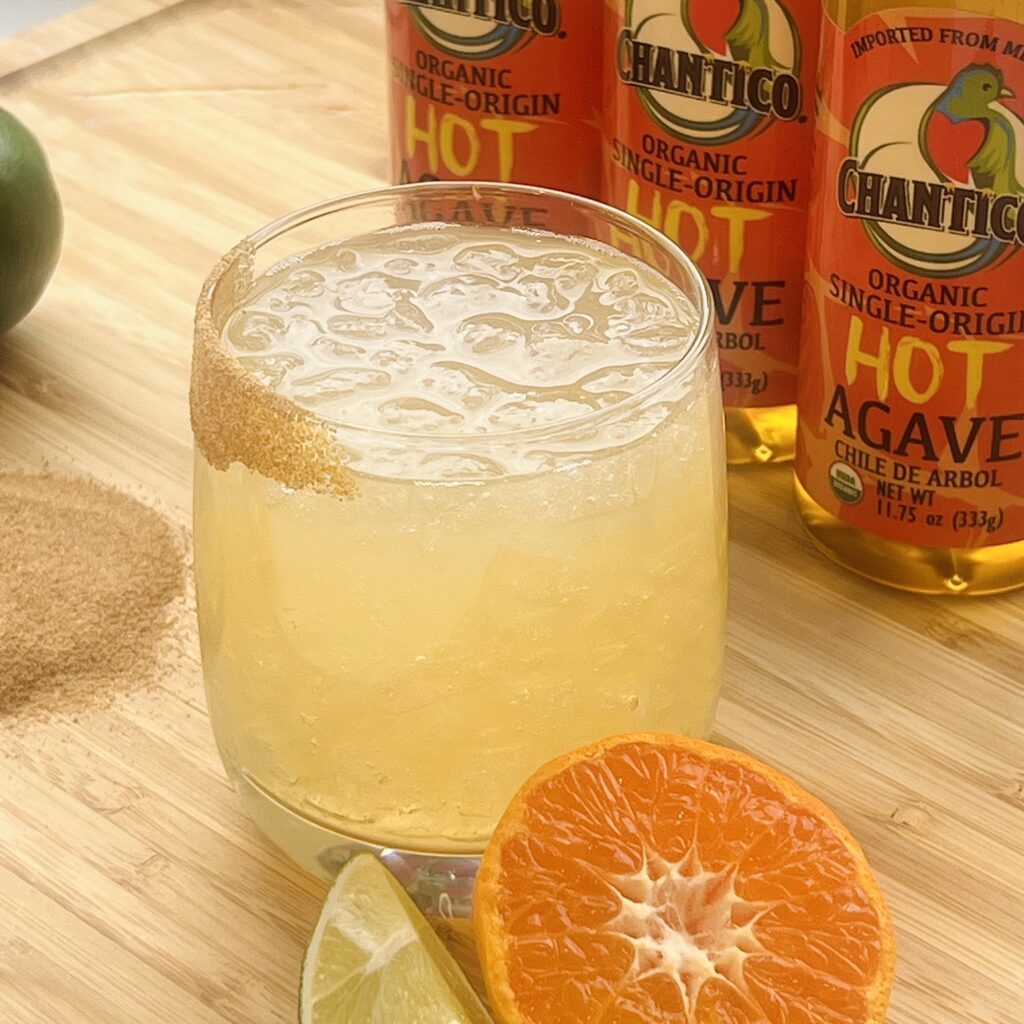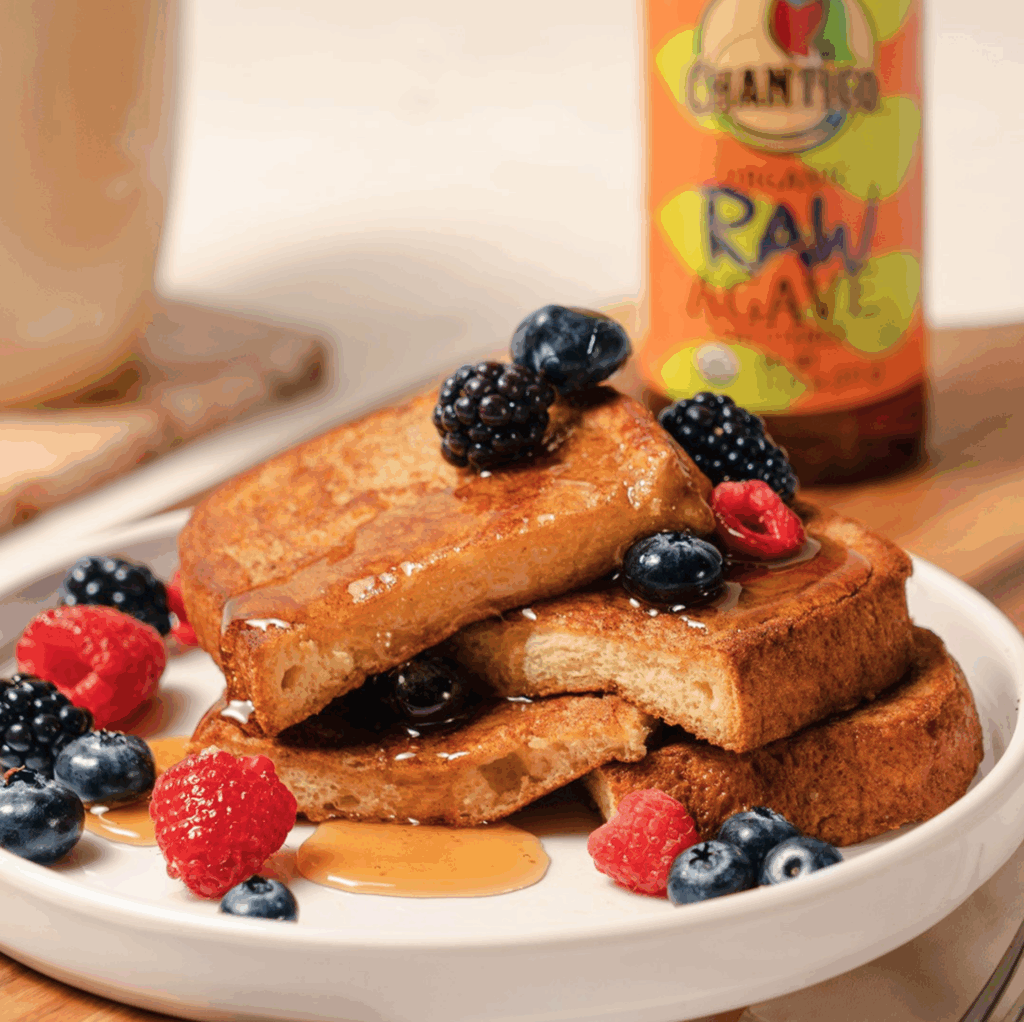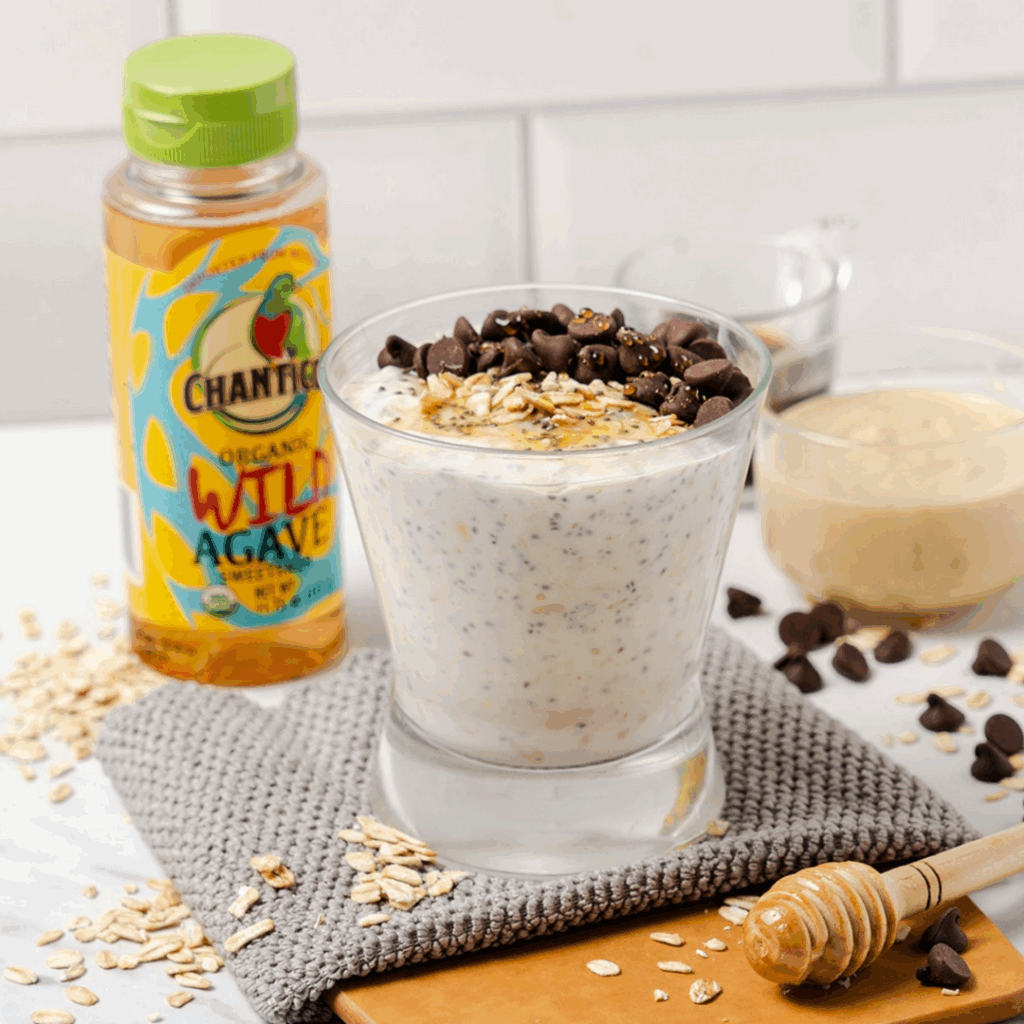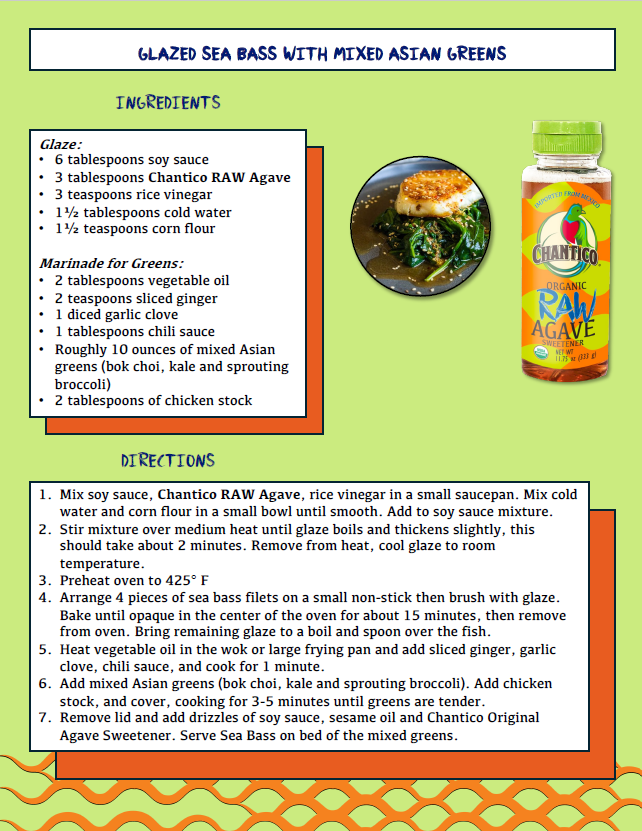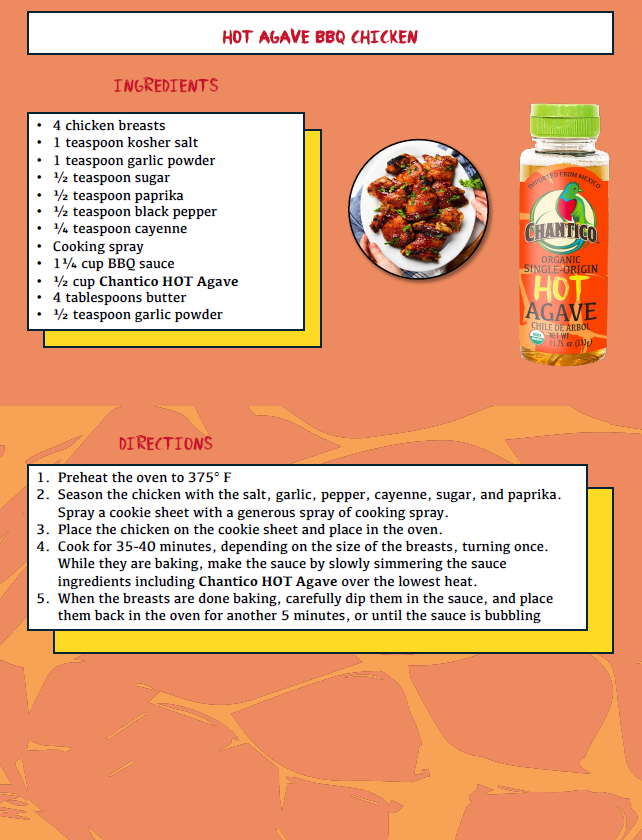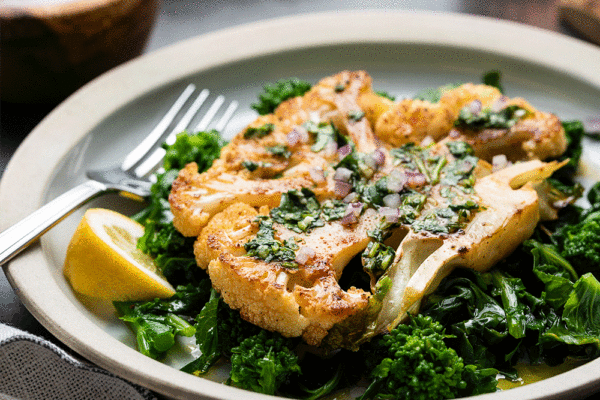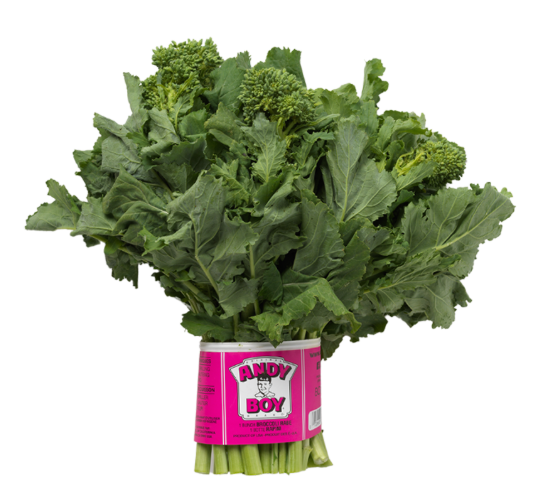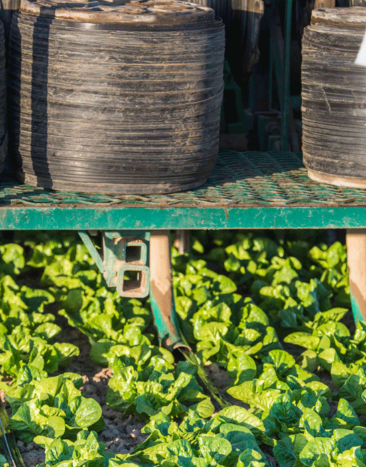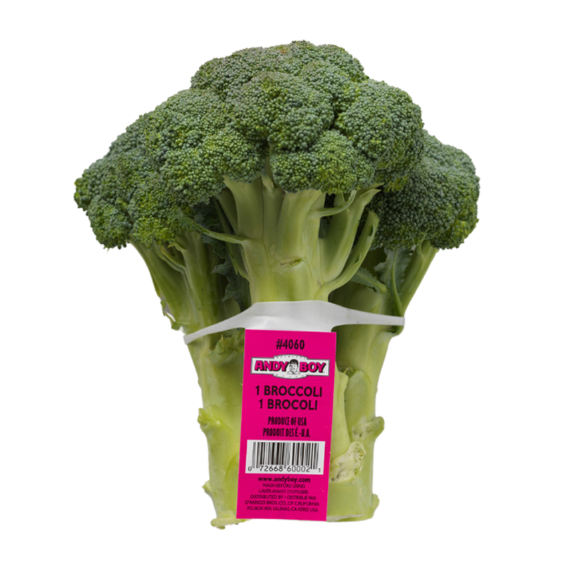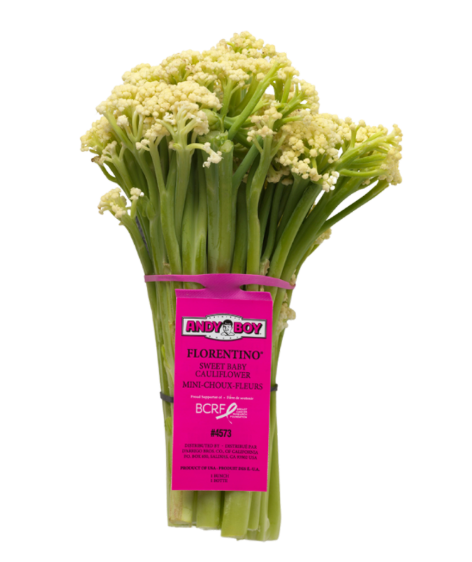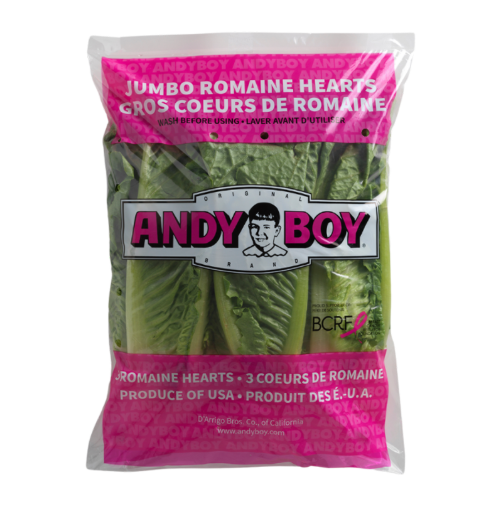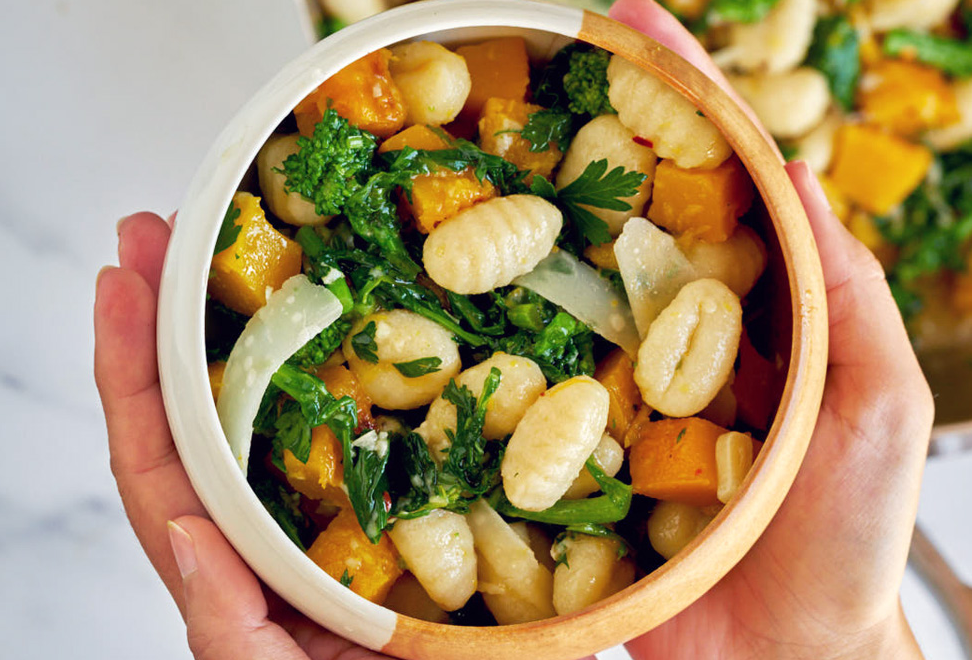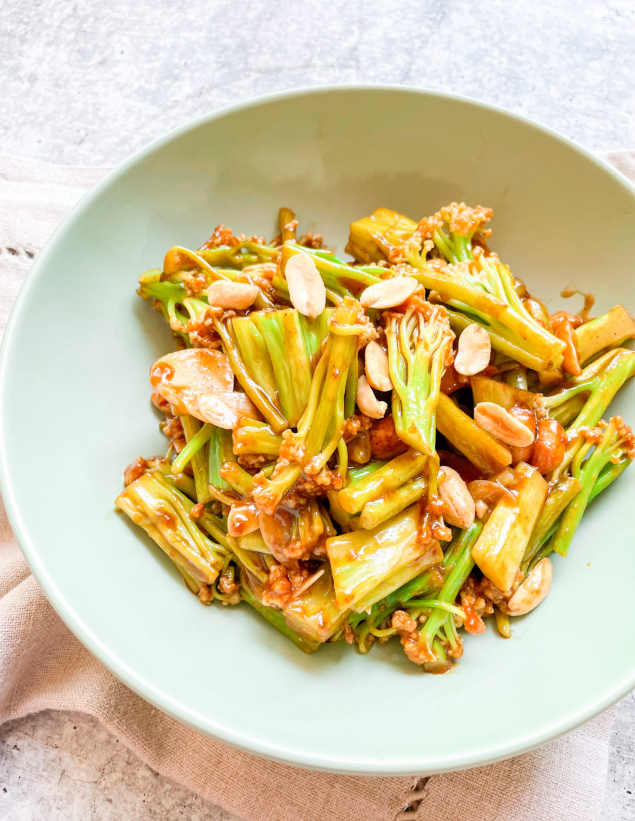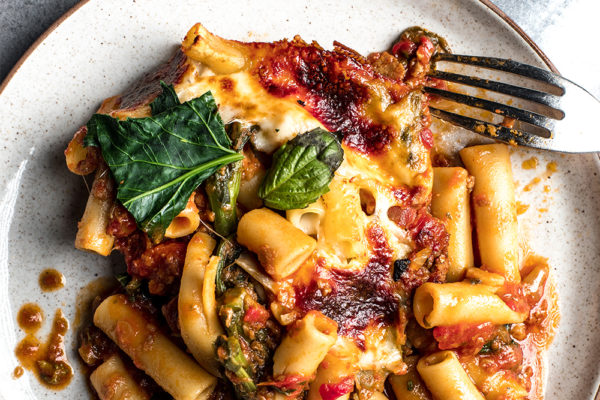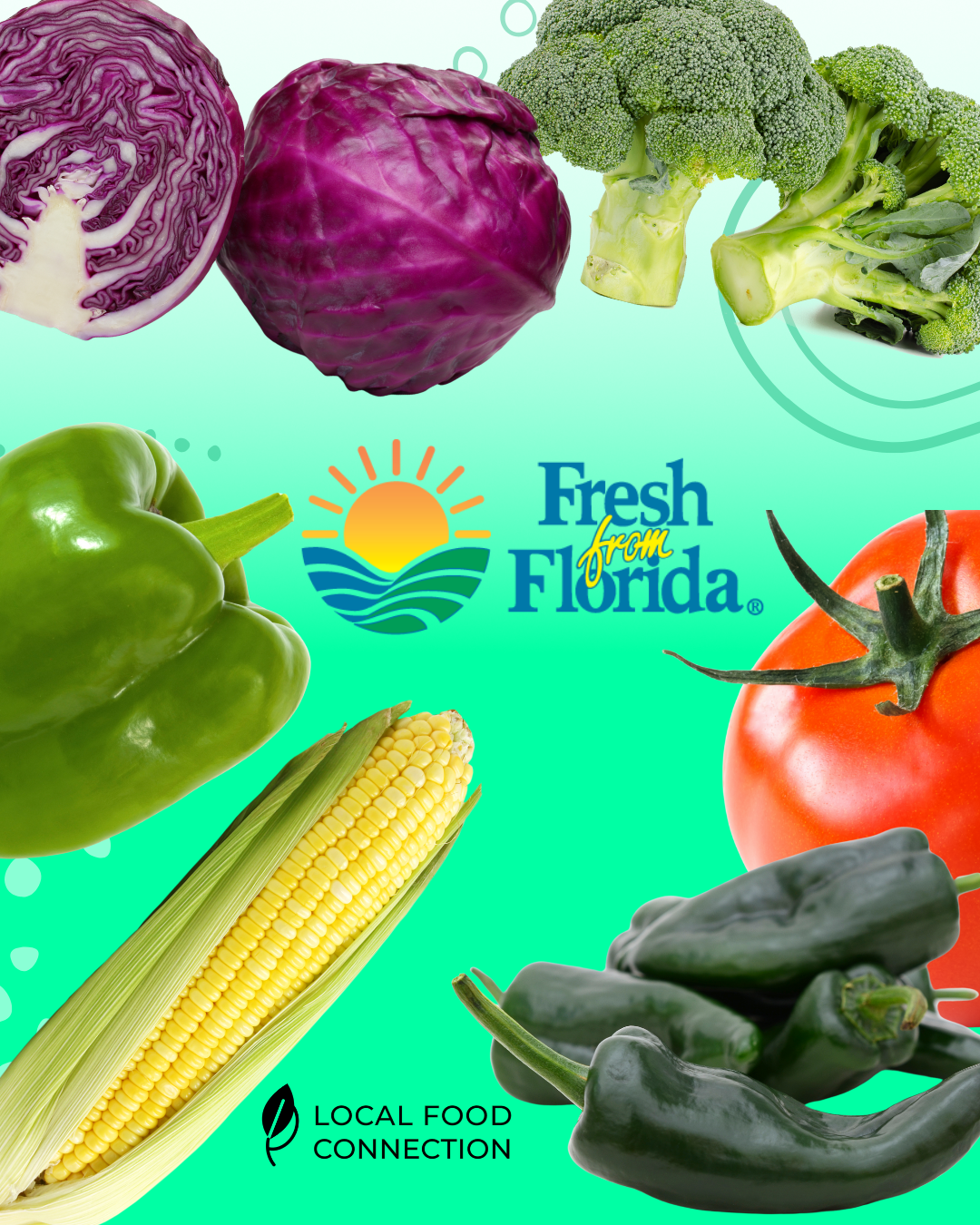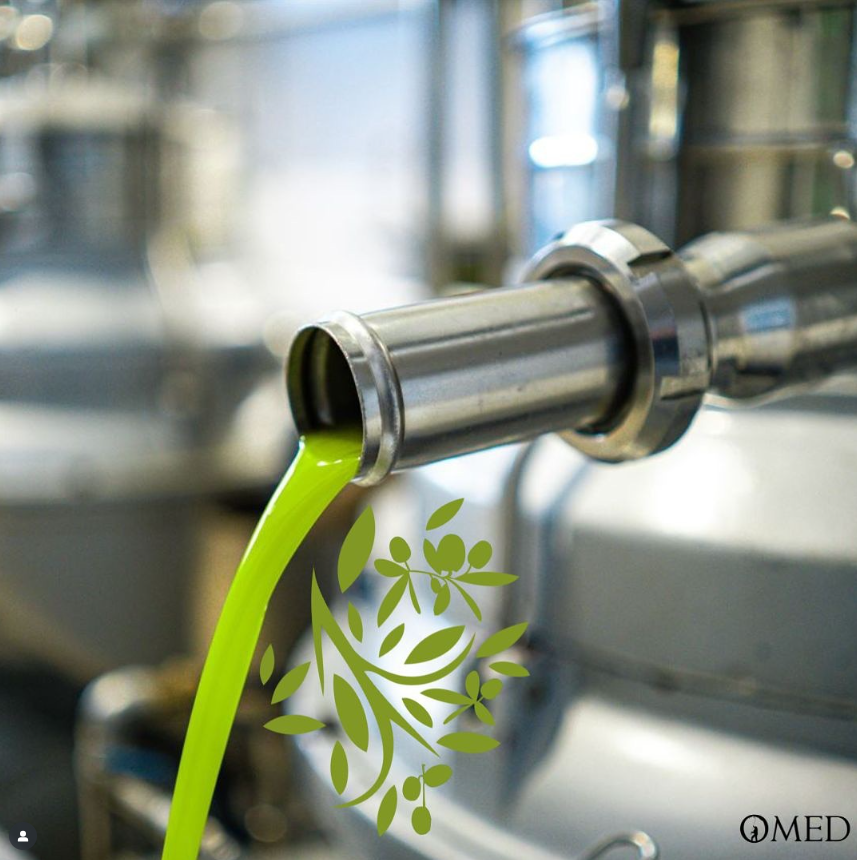
Chefs who know the difference between just olive oil and good olive oil are stocking O-Med. Why? Because when the product is grown, milled, and bottled with this much care, you don’t need to fake the flavor. We talked with Renée Forys, CEO of Venturus Foods, about what makes O-Med’s oils and vinegars different—and why they’re showing up in serious kitchens across the U.S.


Q: What is it that sets O-Med apart?
Renée:
“Well, the really interesting thing about O-Med is that they are fourth-generation growers… but they are also second-generation producers. They own the groves and they own the mill.
They own about 40,000 trees outside of Granada in Andalucía in southern Spain. The brother-sister team that own O-Med now— their father bought the mill. The mill was a really important part of the infrastructure in the region. The kids kind of challenged their father to rethink how the mill was set up. They said, ‘Let’s take a closer look. If we find any part of this mill that isn’t pristine, we rework it to meet our standards.’ And they did.
They ended up redesigning the entire system. No section of pipe is longer than about 12 feet. It’s completely demountable, so they can break it down, wash it, sanitize it, and put it back together quickly. That level of efficiency and hygiene is a huge part of what makes their oils so clean and consistent.
From the grove into the mill, time is of the essence. They really have control over that.”
Q: How does that control affect quality?
Renée:
“Because we own the groves and the mill. We do all the production exactly to our standards. We store it ourselves. We bottle it to order. And the owners of O-Med own half of Venturus Foods. So they also have control over the import into the United States.
All of those pieces together are the reason that we have the quality that we have, the availability that we have, and the market position in the United States.”


Q: Tell us about the varietals and how chefs should use them.
Renée:
“Arbequina, you’ll see it’s in a green bottle. It’s a bit more bright. Green apple, green banana—really bright notes. It’s perfect for fish, any kind of seafood, any kind of crudo. It’s incredible on your cheeses, salad, etc. It’s really good to finish things that maybe need a little bit more of a delicate touch.
Picual, it’s in the red tin, it’s robust, it’s more machismo. It’s fantastic on your high-value proteins. And on your tuna—phenomenal. The Picual is beautiful on roasted vegetables, anything coming off the wood fire grill. Also pasta, because the Picual holds up a little better to heat. It’ll hit that hot dish and be so fragrant. It’ll have a longer finish, whereas the Arbequina… it will have a slightly softer finish.”
Q: And what about your Molino La Condesa Extra Virgin Olive Oil?
Renée:
“We have a second label that we carry with you. It’s our bulk—Molino La Condesa. It’s a coupage. It’s a blend of Arbequina, Picual and Hojiblanca. The key difference for us is simply harvest time. The single varietals—the finishing oil—they’re in October. The coupage, everyday extra virgin, is typically late November. You get a little bit more mature fruit flavor and, of course, a better yield. So that’s how we get better value.
Molino is brilliant across the kitchen. It also has a high smoke point—about 375—so it’s perfect for sautéing, roasting, dressings. Olive oil cake, olive oil ice creams, everything.”
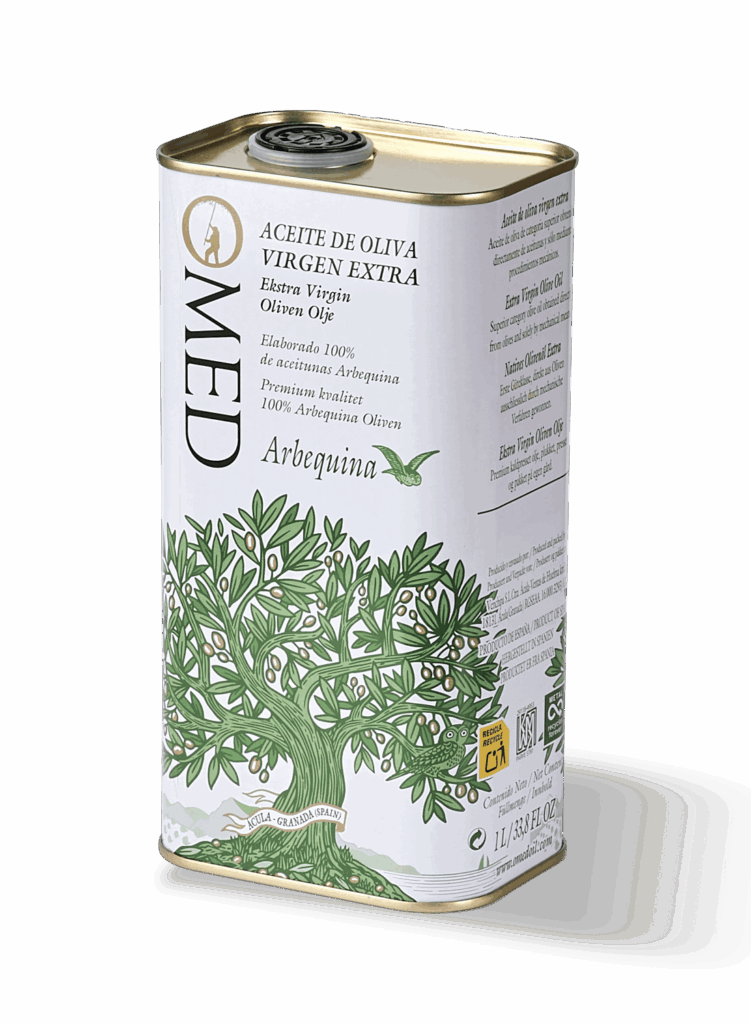
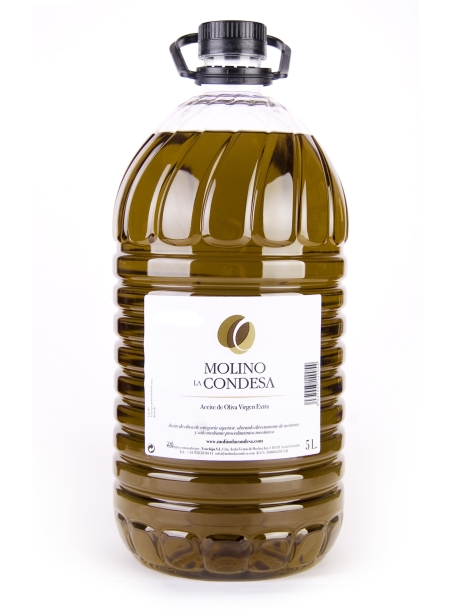
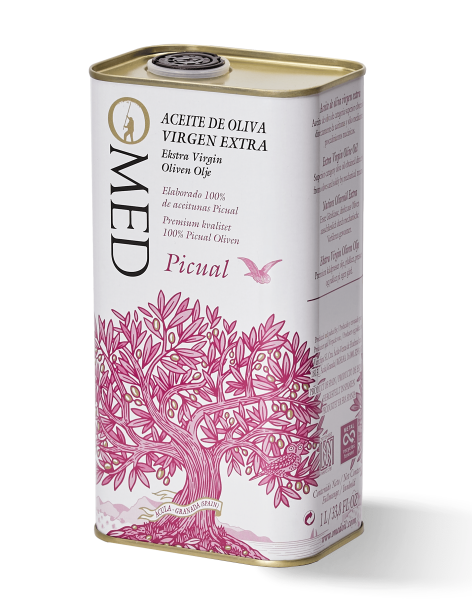
Q: And the vinegars?
Renée:
“The olive oil is from southern Spain, from Andalucía, outside of Granada. The vinegars are different—they’re in Catalonia, up near Barcelona.
We buy wine that could be bottled Spanish wine. We use this really old German method called Schützenbach. It’s really low, really slow, very consistent. That’s the reason we are able to produce a vinegar that’s very low in acidity—it’s about 6.4%—but it keeps all the characteristics of the underlying wine. Industrial vinegar takes about six hours. O-Med’s takes three weeks.
Our vinegars also have really beautiful color to them. Nothing looks oxidized or murky. Nothing is syrup-ized. We’re not cooking it down and adding sugars. There is some grape must in some of our vinegars. The Chardonnay and the Cabernet Sauvignon—they are aged in oak barrels for one year after they become vinegar.”
Q: Any unique products chefs should know about?
Renée:
“Our yuzu vinegar is very, very popular. We also have our yuzu oil, and both of those use Spanish-grown yuzu. We peel it and put it into the masher with the Arbequina olives to make the yuzu oil. The pulp is mixed with a little vinegar and grape must to produce the vinegar.
Our smoked oil—we take the pits from the olives in Andalucía. We send them to the humidor. He burns the pits, cools and filters the smoke, and passes it over sheet trays of our Arbequina extra virgin and bottles. We power our mill by burning pits. Homes in the region do the same thing. So this beautiful, dull smokiness is all around, and it’s got a really amazing olive oil essence to it.”

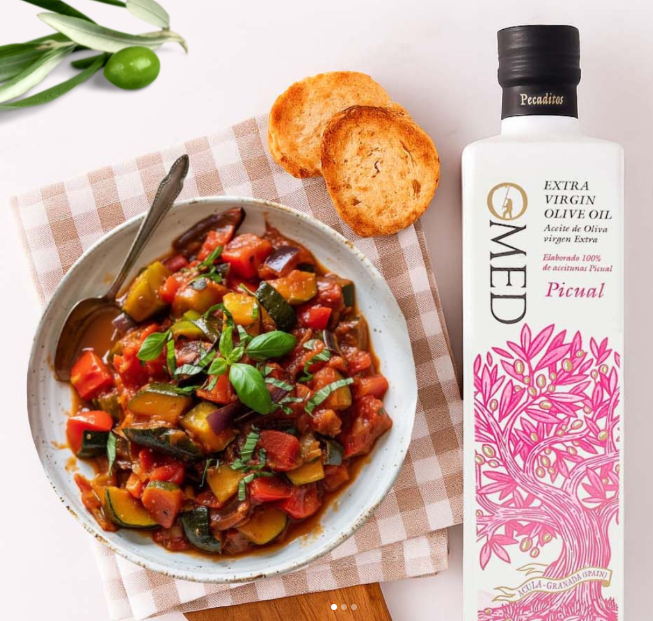
Q: What would a good entry point product be for chefs?
Renée:
“If it’s for finishing, it will be the one-liter Arbequina. For everyday use, it’s the five-liter Molino.”
Q: What’s the reaction from chefs when they taste it?
Renée:
“It’s taste it to believe it. The top restaurants in the world use our product. The places that these chefs love and respect use our products. It’s refreshing to have that available in regional markets, and it can only grow.
We have nine vinegars. We have three extra virgins. We have the yuzu. We have the smoked. Samples are readily available—just request them. We have little 40ml sample kits. Sometimes the chefs are like, ‘Oh, I love their vinegar,’ and they didn’t even know we had a rosé. Give them the whole breadth of everything we can offer.”
Q: Anything else chefs should know?
Renée:
“You have to pay good money for good extra virgin. You cannot cheapen out on it. Buying cheap, bad quality extra virgin olive oil is a bad decision. At that point, just buy a good quality canola and move on.”

If you’re looking for oils and vinegars that are treated like ingredients, not just commodities, O-Med should be in your kitchen. These aren’t mass-market products with a label stuck on. They’re grown with intention, milled under strict standards, and bottled with care by people who know exactly what they’re doing.
From the redesigned mill in Andalucía to the vinegar tradition in Catalonia, every step is built around doing things right. Not fast. Not cheap. Whether you’re reaching for your everyday bulk oil or finishing a dish with a bright Arbequina, O-Med gives you consistency and quality across the board.
These products aren’t trying to be trendy or dressed up. They’re rooted in family knowledge, clean farming, and a serious respect for the ingredient. No shortcuts. No mystery blends. Just real oils and vinegars that bring real flavor.
Taste it for yourself. Your guests will notice the difference.
See O-Med’s full line of ingredients in our CENTRAL region.
See O-Med’s full line of ingredients in our SOUTHERN region.
See O-Med’s full line of ingredients in our COLORADO region.













